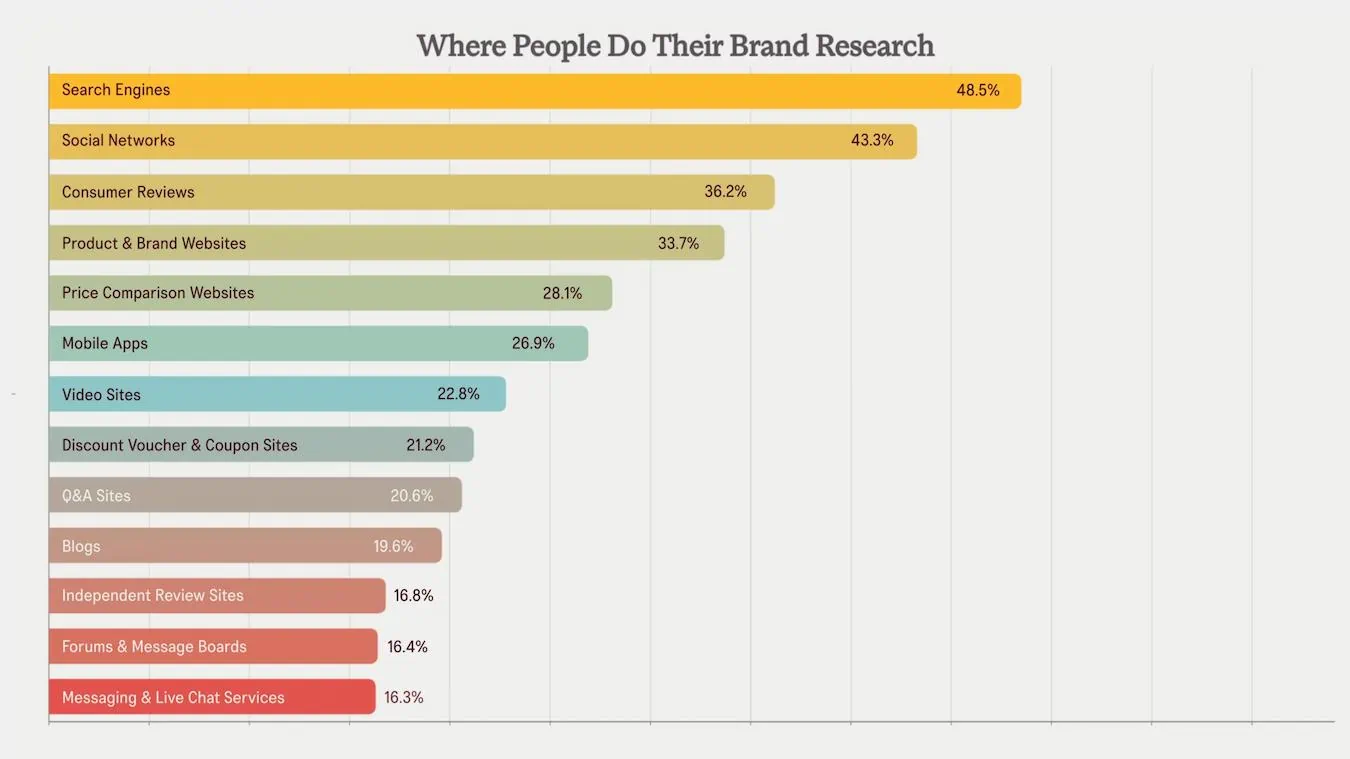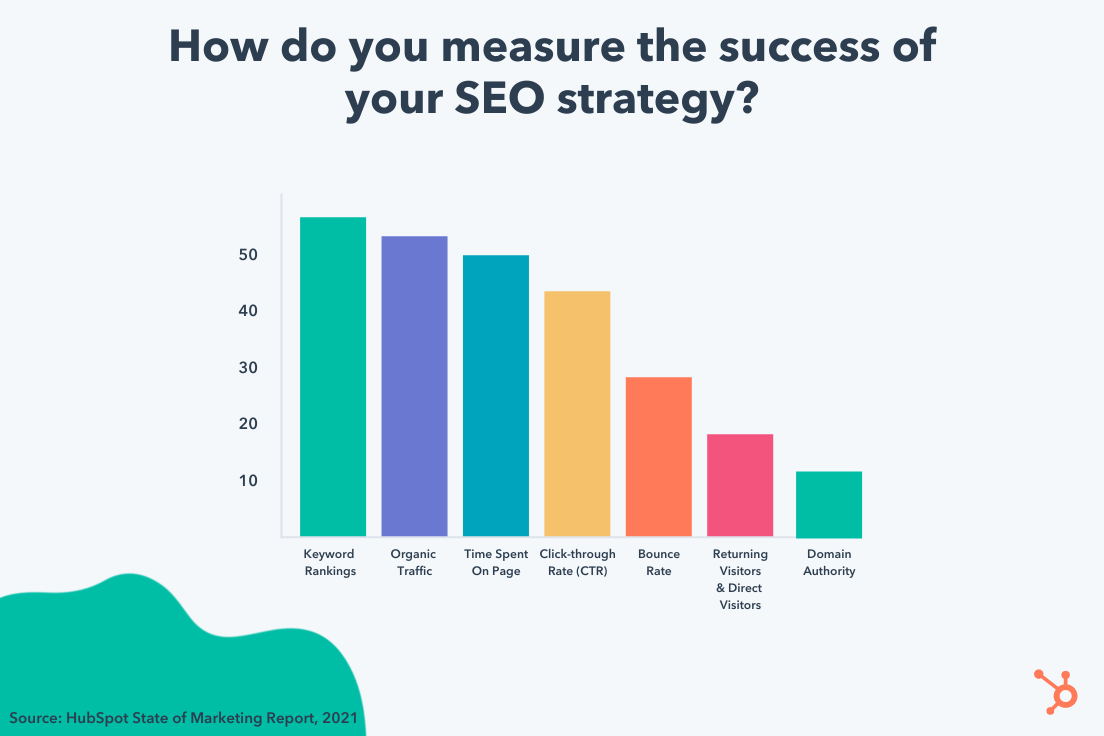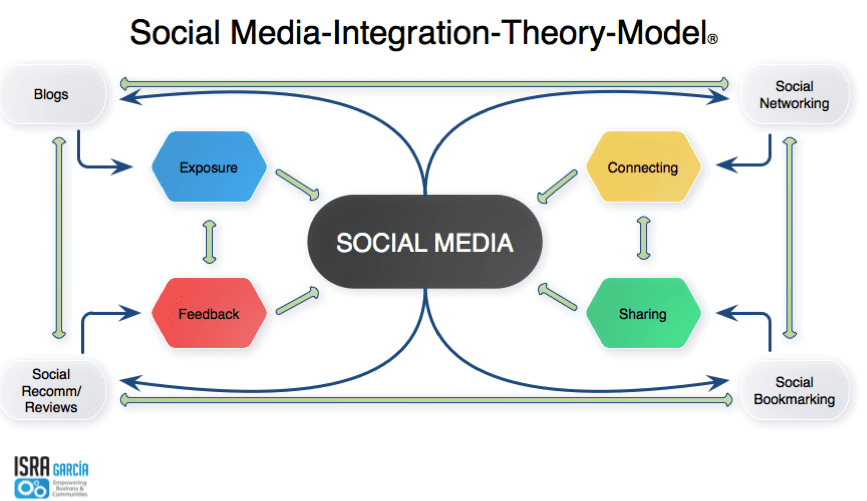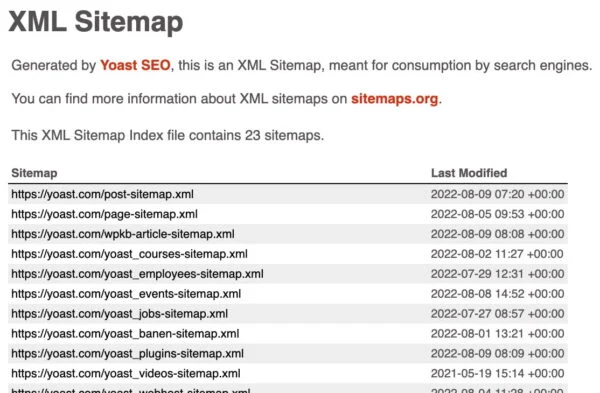The blog is a complete guide for online stores that want to make their websites search engine friendly. It talks about how important SEO is in today's competitive e-commerce world and gives a step-by-step guide for making a good SEO plan. The blog talks about important topics like increased visibility, low-cost marketing, building trust and credibility, targeted traffic, and how SEO is the engine that makes e-commerce websites successful. It goes into detail about many strategies, such as keyword research, on-page optimization, writing high-quality content, building links, technical SEO, user reviews, and integrating social media. It also compares well-known e-commerce platforms like Shopify, WooCommerce, BigCommerce, Magento, and Wix, focusing on how easy they are to use, how customizable they are, how well they work with SEO. Get a detailed insight by giving it a read.
In the bustling world of e-commerce, where countless online stores compete for the attention of digital shoppers, mastering the art of SEO (Search Engine Optimization) is your golden ticket to success. Every online retailer dreams of that coveted spot on the first page of search engine results. But why is SEO important for e-commerce, and how can you craft an effective e-commerce SEO strategy to achieve it? In this comprehensive guide, we'll explore the vital role of SEO in e-commerce, provide a step-by-step SEO checklist for your online store, and even delve into the best platforms for your e-commerce website. Let's get started.
Table of Contents |

Why Is SEO Important for E-commerce?

Before we dive into the nitty-gritty of e-commerce SEO, it's crucial to understand why it holds a special place in the heart of every successful online retailer.
1. Enhanced Visibility:
Search Engine Dominance: Most online experiences begin with a search engine. When your e-commerce website ranks high in search results, it's more likely to be the first destination for potential customers, ensuring your products are discovered.
Competitive Edge: In the fiercely competitive world of e-commerce, appearing on the first page of search results sets you apart from countless other online stores, vying for customer attention.
2. Cost-Effective Marketing:
Long-Term Investment: SEO is like planting seeds that grow into trees. Once you've optimized your website, the benefits persist without ongoing advertising expenditure. This makes it one of the most cost-effective marketing strategies for e-commerce.
Reduced Paid Advertising Costs: While paid advertising can yield immediate results, it can be expensive. Effective SEO can reduce your dependency on paid advertising, ultimately saving you money.
3. Trust and Credibility:
Positive Impression: Websites at the top of search results are often perceived as trustworthy and credible by users. Achieving a high search engine ranking through SEO enhances your brand's reputation and fosters trust among your audience.
Consistency: Maintaining a strong online presence through SEO signifies consistency and dedication to your business. It reinforces the idea that you're an industry leader, enhancing your brand's credibility.
4. Targeted Traffic:
Conversion Potential: SEO helps you attract visitors actively seeking products or services similar to your offer. This targeted traffic is more likely to convert into customers, resulting in higher conversion rates and increased sales.
Efficient Resource Allocation: By focusing on attracting the right audience, you can allocate resources more efficiently. SEO ensures that your marketing efforts are geared towards those most likely to become paying customers.
In a nutshell, SEO is the driving force that propels your e-commerce website to the forefront of your customers' digital shopping journey. It enhances visibility, delivers cost-effective marketing, instills trust and credibility, and brings a steady stream of potential customers to your digital storefront, ultimately contributing to your online retail success.
E-commerce SEO Strategy

Building a successful e-commerce SEO strategy involves a series of well-planned steps. Here's a roadmap to guide you:
1. Keyword Research:
Long-Tail Keywords: In addition to primary keywords, explore long-tail keywords. These specific phrases can help you reach a niche audience actively seeking your products.
Competitor Analysis: Study your competitors to discover keywords they are ranking for. This can provide insights into valuable keywords you have missed.
2. On-Page Optimization:
Mobile Optimization: With a significant portion of e-commerce traffic coming from mobile devices, ensure that your website is fully responsive and offers a seamless experience across screens of all sizes.
Image Optimization: Compress and optimize images to improve page load times, as slow-loading pages can deter visitors and affect SEO rankings.
3. High-Quality Content:
Educational Content: Beyond product descriptions, create informative content that educates your audience. This could include how-to guides, industry insights, or informative blog posts.
User-Generated Content: Encourage customers to leave reviews, as user-generated content builds trust and adds valuable, keyword-rich content to your pages.
4. Link Building:
Quality Over Quantity: Focus on acquiring high-quality backlinks from authoritative websites within your industry. Such backlinks significantly impact your SEO more than numerous low-quality links.
Guest Blogging: Guest posting on reputable websites can effectively build backlinks while showcasing your expertise.
5. Technical SEO:
Page Load Times: Fast-loading pages contribute to a positive user experience and can boost your SEO rankings. Optimize images, use browser caching, and leverage content delivery networks (CDNs) to improve load times.
Sitemaps: Regularly update and submit your XML sitemap to search engines, ensuring they clearly understand your website's structure and content.
6. User Reviews:
Review Generation: Actively encourage customers to leave reviews after making a purchase. Consider offering incentives or discounts for honest reviews to boost participation.
Review Showcase: Integrate user reviews prominently on product pages. Positive reviews not only influence potential buyers but also impact your SEO.
7. Social Media Integration:

Audience Engagement: Interact with your audience on social media platforms. Respond to comments, run engaging campaigns, and share valuable content to foster brand awareness and attract traffic.
Social Sharing: Make it easy for users to share your products and content on their social profiles. Social sharing can amplify your reach and drive traffic to your e-commerce site.
SEO Checklist for Ecommerce Website
To make your journey into e-commerce SEO smoother, here's a handy checklist to ensure you've covered all the essentials:
1. Keyword-Optimized Product Titles and Descriptions:
Keyword Research: Conduct thorough keyword research to identify your products' most relevant and high-converting keywords. Ensure they are naturally integrated into your product titles and descriptions.
2. High-Quality, Unique Images for Each Product:
Image Optimization: Optimize images by compressing them without compromising quality. Use descriptive file names and alt text for images to enhance SEO and accessibility.
3. Mobile-Friendly and Responsive Website Design:
Mobile Optimization: Prioritize mobile responsiveness to cater to growing mobile shoppers. Test your website's mobile-friendliness and ensure a seamless experience on all devices.
4. Valuable, User-Focused Content on Product Pages:
Informative Descriptions: Craft detailed and informative product descriptions that address potential buyers' questions and concerns. Provide specifications, benefits, and use cases.
5. Fast Page Load Times:
Optimize your website's performance to reduce page load times. Compress images, use browser caching, and minimize unnecessary scripts or plugins.
6. A Blog or Resource Section with Informative Content:
Create a blog or resource section featuring informative articles, guides, and industry insights. This content not only attracts visitors but also showcases your expertise.
7. Effective Use of Internal Linking:
Implement clear and logical navigation with well-structured menus and links to help users navigate your website.
8. Canonical Tags to Handle Duplicate Content:
Duplicate Content: Implement canonical tags to resolve duplicate content issues, especially common in e-commerce websites with multiple product listings.
9. SEO-Friendly URLs:
URL Structure: Ensure your URLs are clean, concise, and relevant to the content they represent. Avoid lengthy, convoluted URLs with unnecessary parameters.
10. An XML Sitemap:

Create an XML sitemap that lists all the pages on your website. Regularly update and submit it to search engines to ensure they index your pages effectively.
11. A Review and Rating System for Products:
Encourage customers to leave reviews and ratings for your products. These influence potential buyers and add fresh, keyword-rich content to your product pages.
12. A Social Media Presence and Strategy:
Social Engagement: Actively engage with your audience on social media platforms. Respond to comments, share valuable content, and run campaigns to foster brand awareness and attract traffic.
Social Sharing: Enable social sharing options for your products and content, making it easy for users to share them on their social profiles, thus extending your reach.
This SEO checklist is a comprehensive guide to ensure your e-commerce website is fully optimized for search engines and offers an excellent user experience. By meticulously following these guidelines, you can enhance your online store's visibility and competitiveness in the digital marketplace.
Best Platforms for E-commerce Website
Selecting the right platform for your e-commerce website is critical. Let's compare some of the best platforms in a feature table to help you make an informed choice:
|
|
|
|
|
|
|
|
|
|
|
|
|
|
|
|
|
|
|
|
|
|
|
|
|
|
|
|
|
|
|
|
|
|
|
|
|
|
|
|
|
|
1. Shopify
- Shopify is renowned for its user-friendly interface. It's an excellent choice for those who want to set up their online store quickly without a steep learning curve.
- While Shopify provides a range of pre-designed themes, its customization options are relatively limited compared to open-source platforms like WooCommerce or Magento.
- Shopify offers strong SEO features with built-in tools for optimizing your site. It also provides SEO-related apps and plugins to enhance your website's search engine visibility.
- Shopify provides multiple payment gateway options, making accepting payments from various providers easy.
- Shopify is known for its scalability. It's suitable for small and large startups, making it an excellent choice for businesses with growth ambitions.
2. WooCommerce:
- WooCommerce is an open-source plugin for WordPress, so its ease of use depends on your familiarity with WordPress. For those already using WordPress, it's a seamless integration.
- WooCommerce offers extensive customization options. It's highly flexible, allowing you to adapt your online store to your needs.
- As a WordPress plugin, WooCommerce benefits from the SEO capabilities of WordPress. It's highly customizable, making it easy to optimize for search engines.
- WooCommerce provides various payment gateway options, and you can integrate additional gateways through plugins.
- WooCommerce is suitable for small to large e-commerce businesses. Its scalability depends on your hosting infrastructure and website optimization.
3. BigCommerce:
- BigCommerce is known for its user-friendly interface, making it a solid choice for those who want to get their online store up and running quickly.
- BigCommerce offers extensive customization options, allowing you to tailor your online store to your needs.
- BigCommerce provides robust SEO features, including tools for optimizing your website for search engines.
- It offers multiple payment gateway options, providing flexibility for accepting payments from various providers.
- BigCommerce is suitable for businesses of various sizes. It's known for its scalability and can support your business as it grows.
4. Magento:
- Magento is moderately easy to use, but it may require some technical expertise. It's often chosen by businesses with larger budgets and more complex needs.
- Magento offers extensive customization options and is highly adaptable to unique e-commerce requirements.
- Magento provides strong SEO capabilities, including tools for optimizing your website for search engines.
- It offers multiple payment gateway options, giving you the flexibility to accept payments from various providers.
- Magento is known for its scalability and is suitable for larger e-commerce businesses with complex needs.
5. Wix:
- Wix is recognized for its user-friendly interface and is an excellent choice for beginners. It offers an intuitive website builder.
- Wix's customization options are somewhat limited compared to more advanced platforms. It's ideal for small businesses with straightforward requirements.
- Wix provides basic SEO features, but it may not be as robust as other platforms. It's best suited for simple websites.
- Wix supports multiple payment gateways, making accepting payments from various providers easy.
- Wix is suitable for small businesses and startups. While it can somewhat accommodate growth, it may not be the best choice for larger enterprises.
Parting Note:
E-commerce SEO is pivotal for online stores to boost organic traffic and enhance visibility. A well-optimized website can significantly impact your business's success. If you're ready to optimize your online presence and drive results, connect with DO Communications. Our expertise in SEO services ensures tailored strategies for your e-commerce goals. Let's optimize your digital storefront for success!
Read Also: The Crucial Role of Technical SEO
Frequently Asked Questions
Q1. What is organic traffic in e-commerce?
Organic traffic in e-commerce refers to the visitors who arrive at your online store through unpaid, natural search engine results. These visitors find your website by using search engines like Google, Bing, or Yahoo and clicking on your website's listings. It is considered "organic" because you haven't paid for these clicks through advertising.
Q2. How do I drive organic traffic to my e-commerce website?
To drive organic traffic to your e-commerce website, you can implement several strategies, including:
- Identifying and targeting relevant keywords in your product descriptions, meta tags, and content.
- Create high-quality, informative content that engages and educates your target audience.
- Optimize your website's technical aspects, such as page load times, site structure, and mobile-friendliness.
- Develop high-quality backlinks from reputable websites within your industry.
- Use social media platforms to engage with your audience, share valuable content, and drive traffic to your website.
Q3. How do you drive organic growth in e-commerce?
To drive organic growth in e-commerce, you should focus on:
- Consistently update and refresh your content to keep it relevant and engaging.
- Ensure your website is technically sound, including fast load times and mobile responsiveness.
- Build high-quality backlinks to improve your website's authority and ranking.
- Continuously research and target relevant keywords in your niche.
- Provide an excellent user experience on your website to keep visitors engaged and encourage them to explore further.
Q4. What are the 5 major ways you can organically improve traffic to your site through SEO?
The five major ways to organically improve traffic to your e-commerce site through SEO are:
Keyword Research: Identify and target the most relevant and high-converting keywords for your products and industry.
On-Page Optimization: Optimize product titles, descriptions, and meta tags with your chosen keywords.
Content Marketing: Create valuable and engaging content that addresses user needs and encourages them to visit your site.
Link Building: Build high-quality backlinks from authoritative sources within your industry.
Technical SEO: Ensure that your website is technically sound, with fast page load times, mobile-friendliness, and user-friendly navigation.
Q5. How do I get organic sales on my website?
To get organic sales on your website, you should:
- Optimize your product pages and descriptions with relevant keywords.
- Create persuasive and informative content that guides customers through the purchasing process.
- Use clear calls-to-action and provide a seamless and secure checkout experience.
- Encourage user reviews and ratings to build trust.
- Continuously improve your SEO efforts to drive more organic traffic, leading to increased sales opportunities.


